Mysterious structure
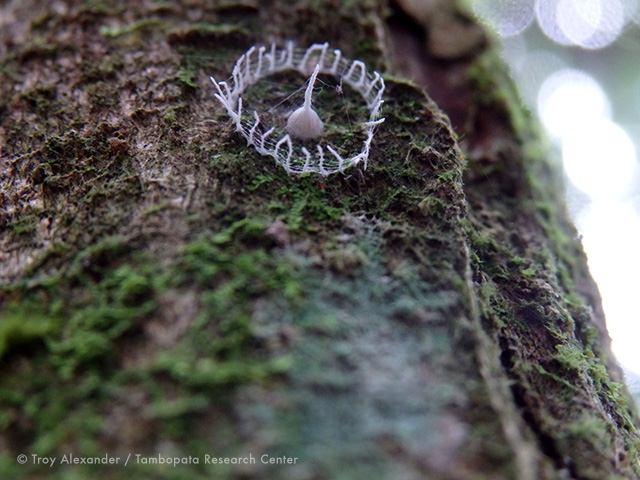
While volunteering in the Peruvian Amazon, graduate student Troy Alexander discovered a strange web formation underneath a tarp.
Circle and spires
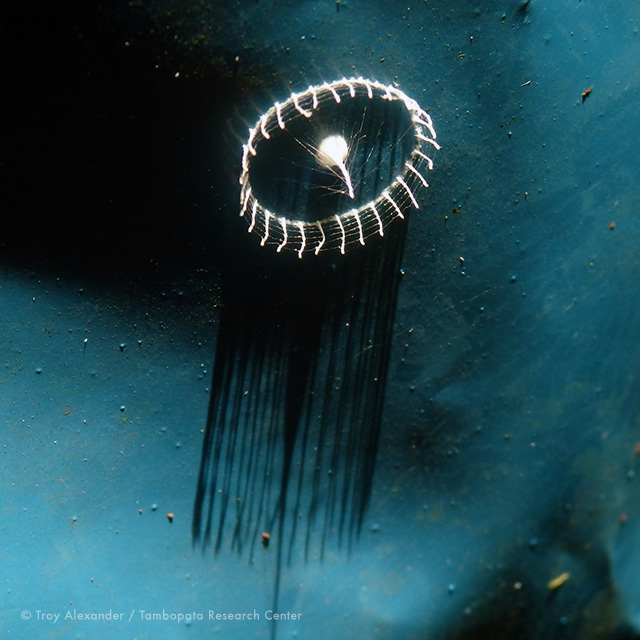
The formation, about 0.8 inches (2 centimeters) across, had a strange spire in the middle encircled by picket-fence like posts.
Slime mold?
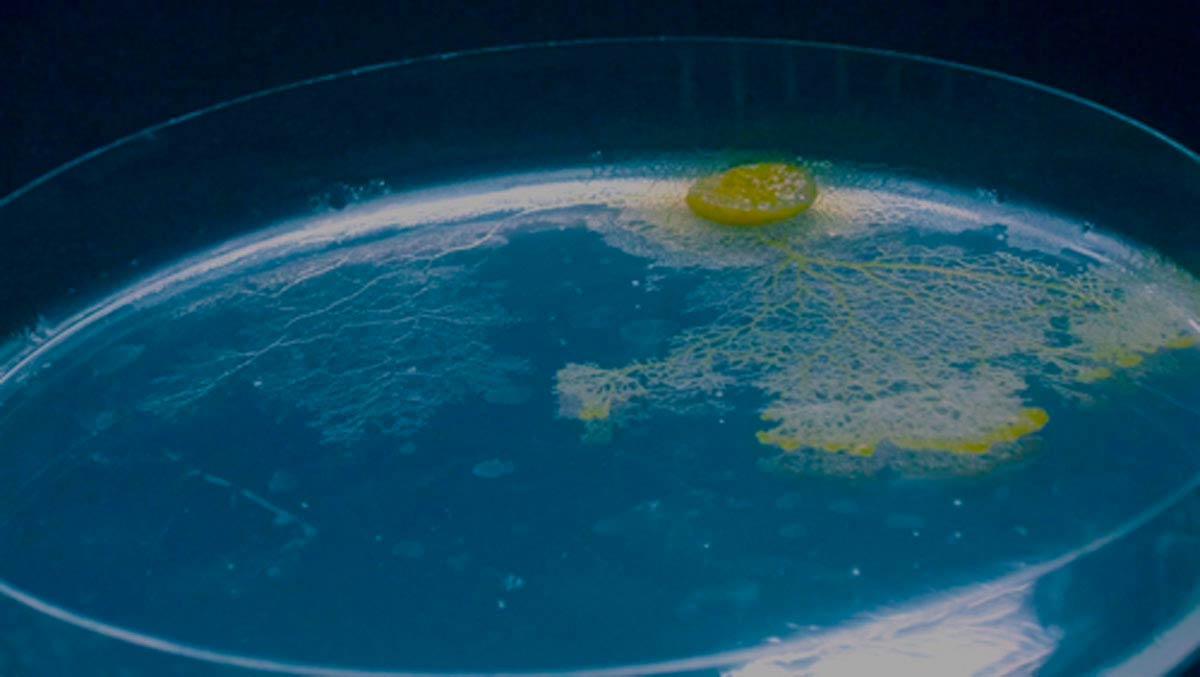
Experts guessed it could have been a slime mold, a structure made by moths, or a defense made by spiders, but everyone was stumped.
Return to the scene
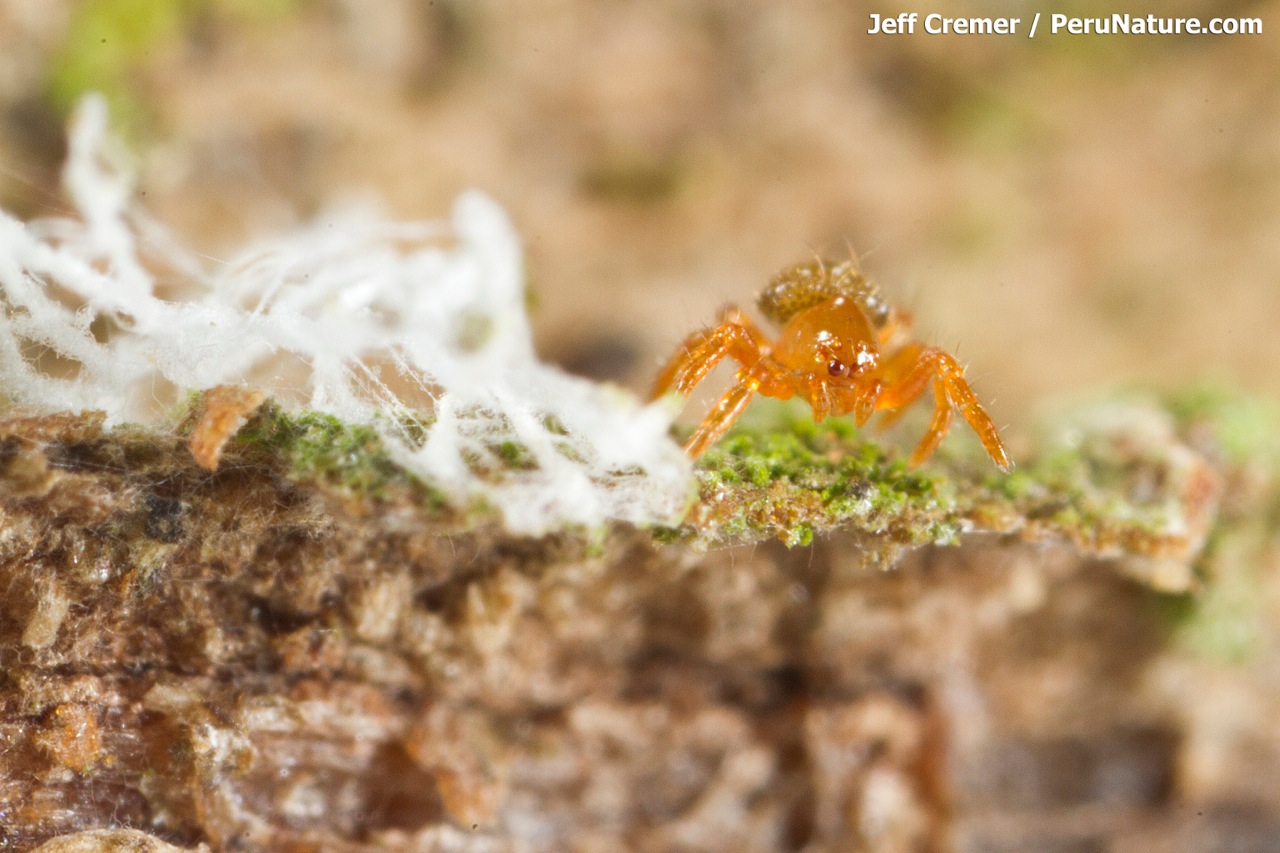
So several months later, a team of researchers returned to the site to study the structures. After putting them in a glass, they found baby spiders hatched from the strange structures.
Spider eggs
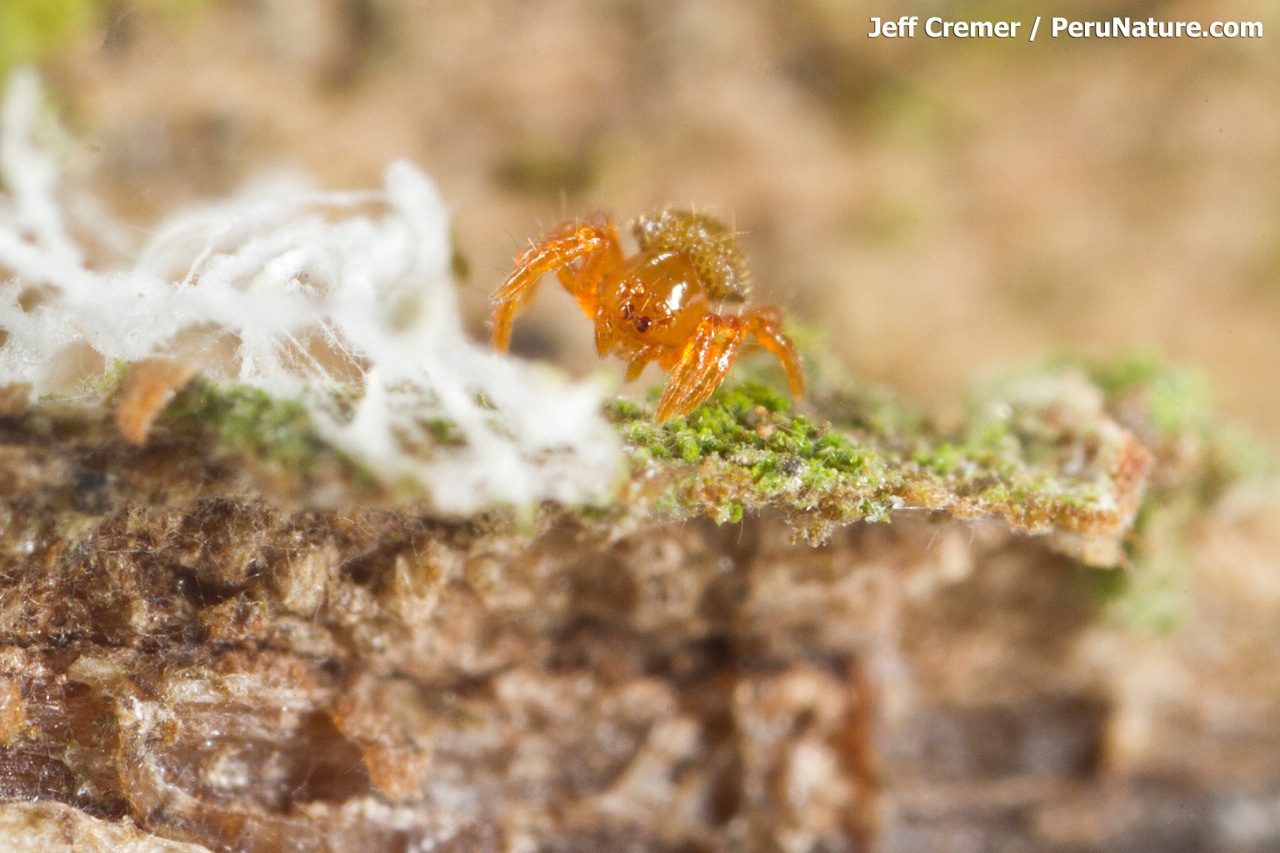
The mystery was solved: The web towers were used for spider eggs, from which tiny, less than 1 mm spiderlings emerged.
Still unknown
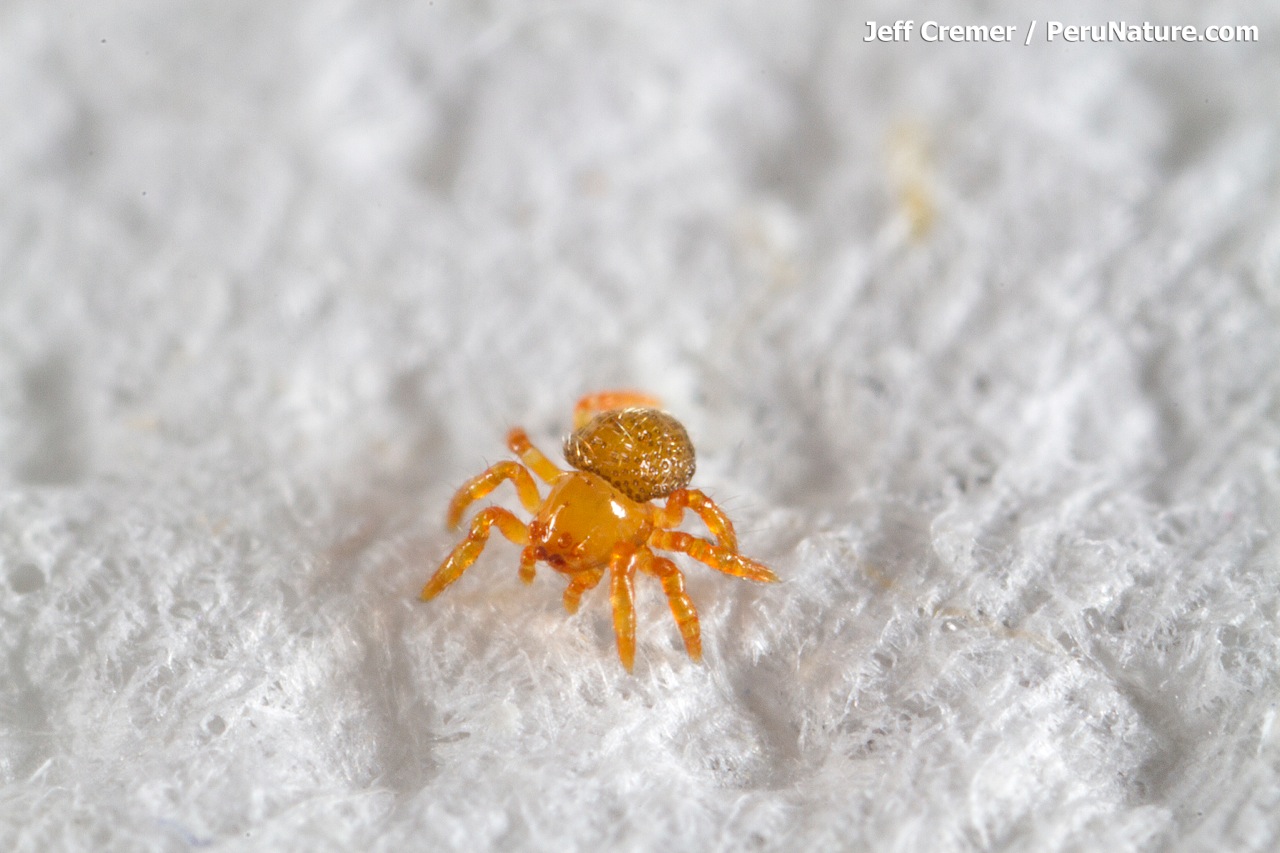
But it's still not clear what species of spider made the webs or what the picket-fence circle is for.
Ant defense?
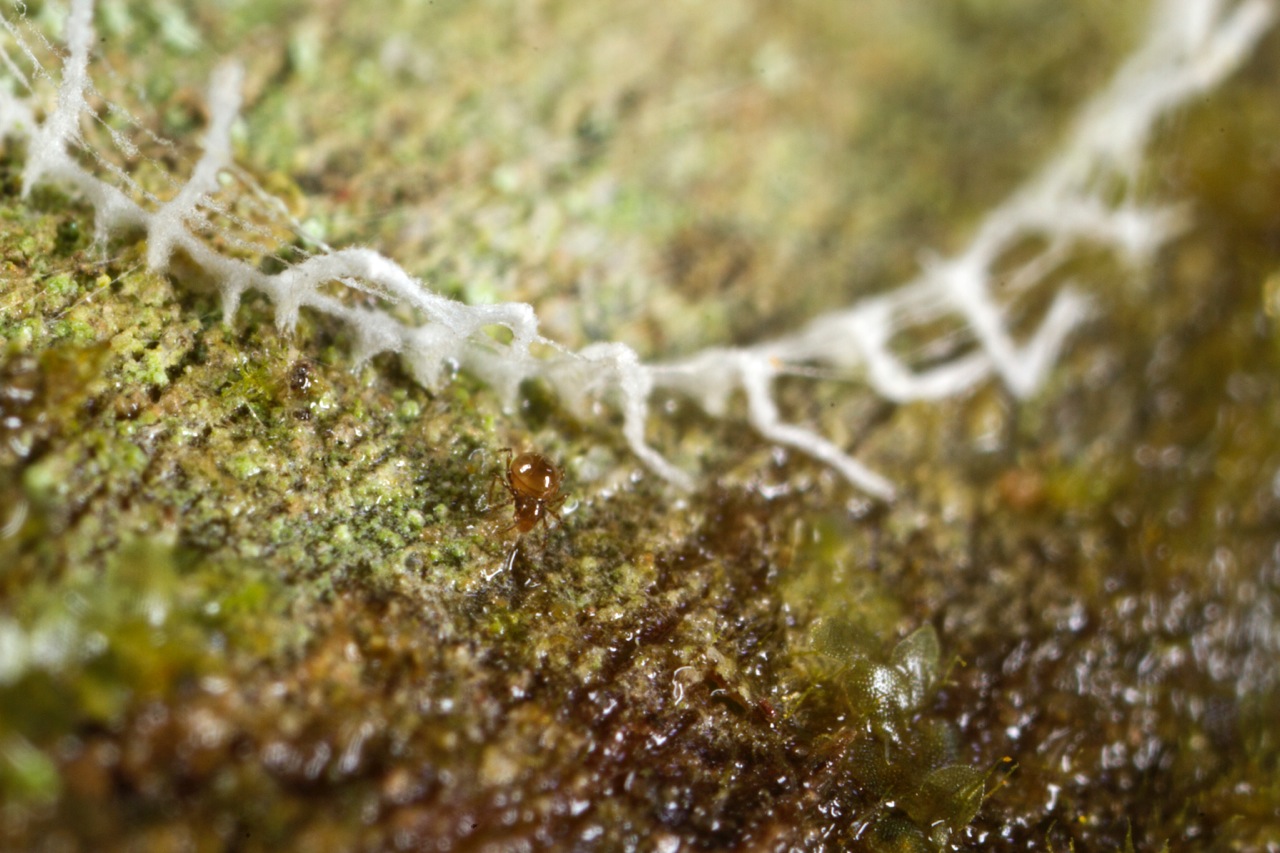
One possibility is that the fence is a defense against ant invaders eating or damaging the eggs, or the spikes lure mites as tasty snacks for the hatchlings.
Sign up for the Live Science daily newsletter now
Get the world’s most fascinating discoveries delivered straight to your inbox.

Tia is the managing editor and was previously a senior writer for Live Science. Her work has appeared in Scientific American, Wired.com and other outlets. She holds a master's degree in bioengineering from the University of Washington, a graduate certificate in science writing from UC Santa Cruz and a bachelor's degree in mechanical engineering from the University of Texas at Austin. Tia was part of a team at the Milwaukee Journal Sentinel that published the Empty Cradles series on preterm births, which won multiple awards, including the 2012 Casey Medal for Meritorious Journalism.










